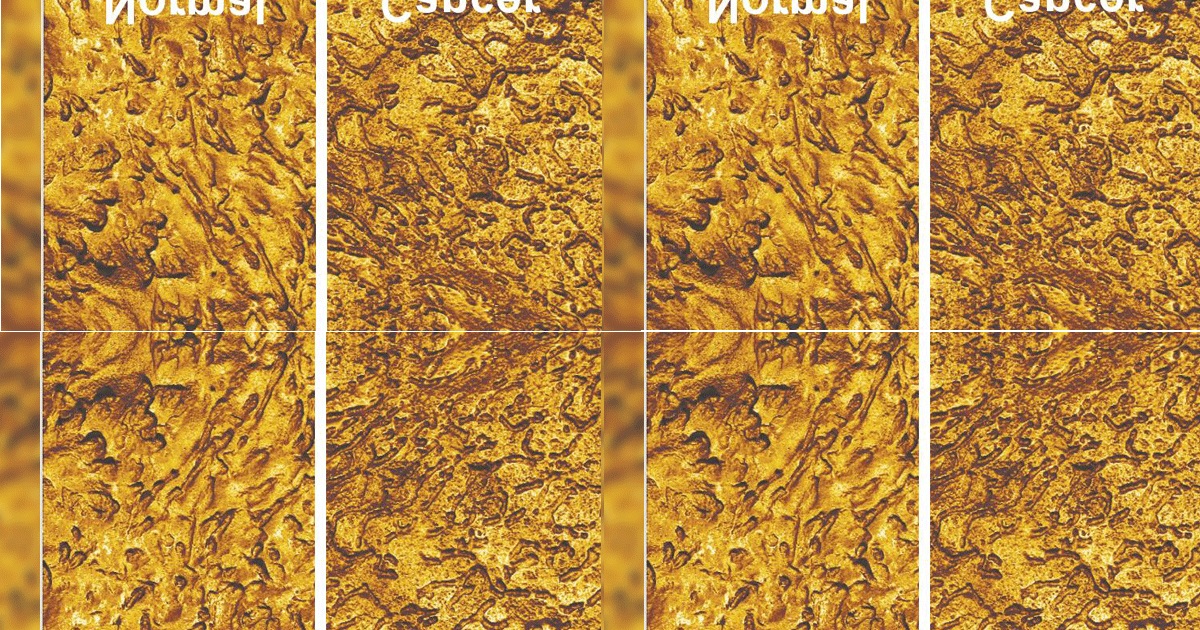Urine Test to Improve Bladder Cancer Detection
Technology Networks | December 04, 2018

A research team led by Tufts University engineers has developed a non-invasive method for detecting bladder cancer that might make screening easier and more accurate than current invasive clinical tests involving visual inspection of the bladder. In the first successful use of atomic force microscopy (AFM) for clinical diagnostic purposes, the researchers have been able to identify signature features of cancerous cells found in patients' urine by developing a nanoscale resolution map of the cells' surface, as reported today in the Proceedings of the National Academy of Sciences (PNAS).
Bladder cancer is one of the leading causes of cancer-related deaths in the United States, with the American Society of Clinical Oncologists estimating 17,240 deaths for 2018. While early detection leads to a five-year survival rate of 95 percent, bladder cancer detected at the metastatic stage leaves the patient with only a 10 percent chance of survival after five years. Current methods for detection involve cystoscopy (running a tube with a video camera into the bladder through the urethra), as well as possible biopsy, and pathology examination of the tissue sample. For patients who have been treated and are in remission, the recurrence rate is high - between 50 and 80 percent, so invasive cystoscopy exams must be conducted every three to six months at great expense and discomfort for patients.